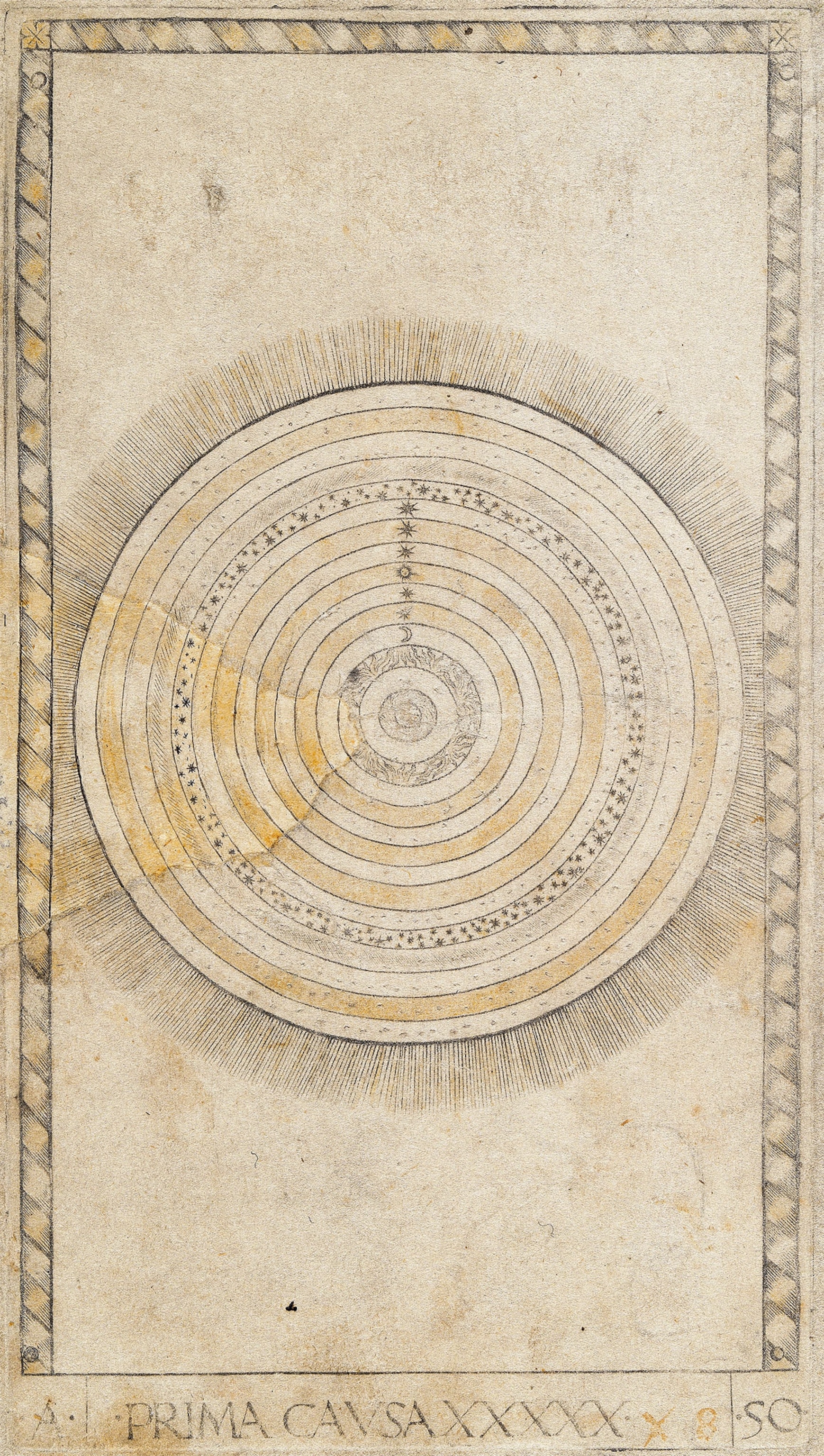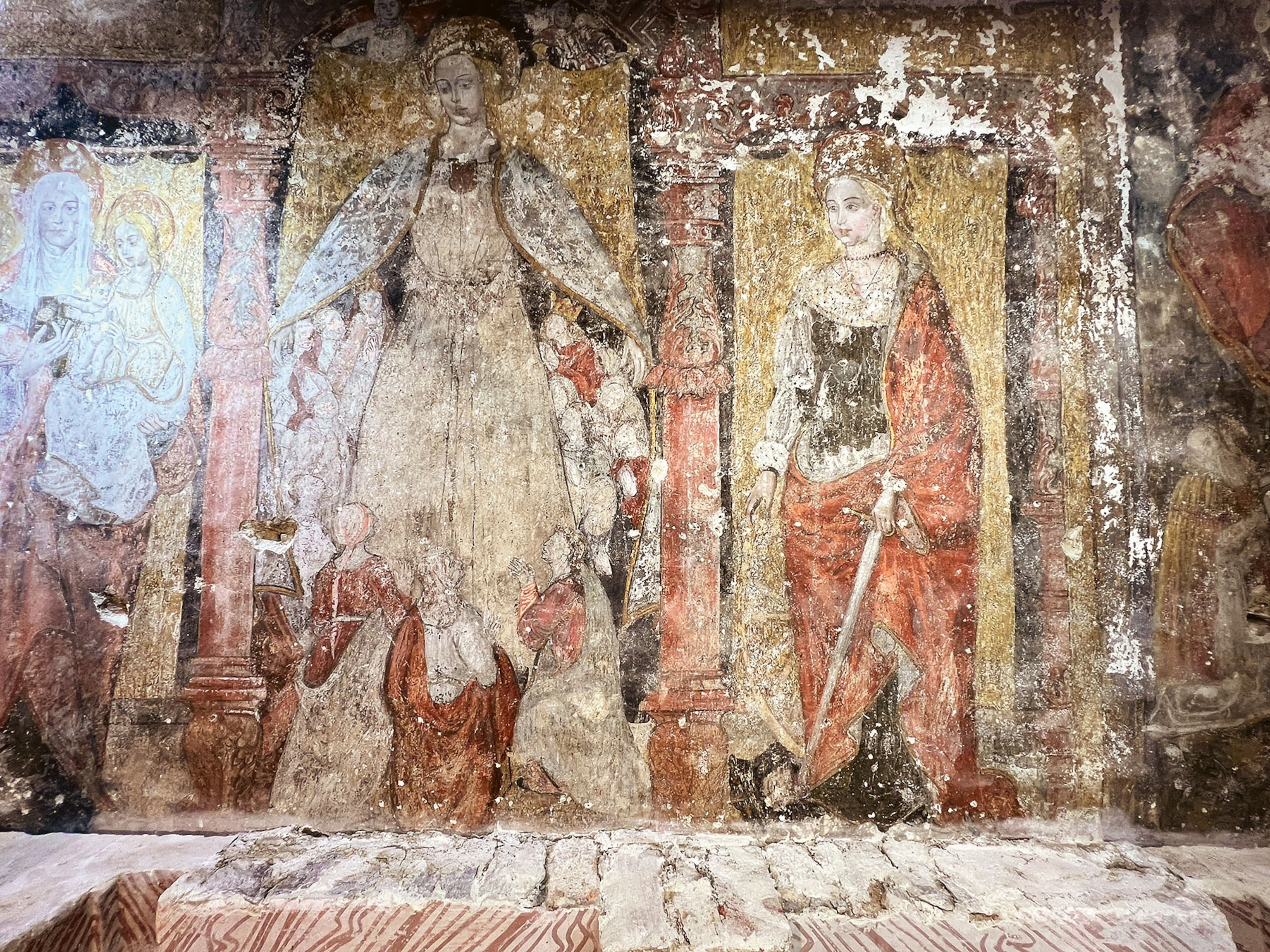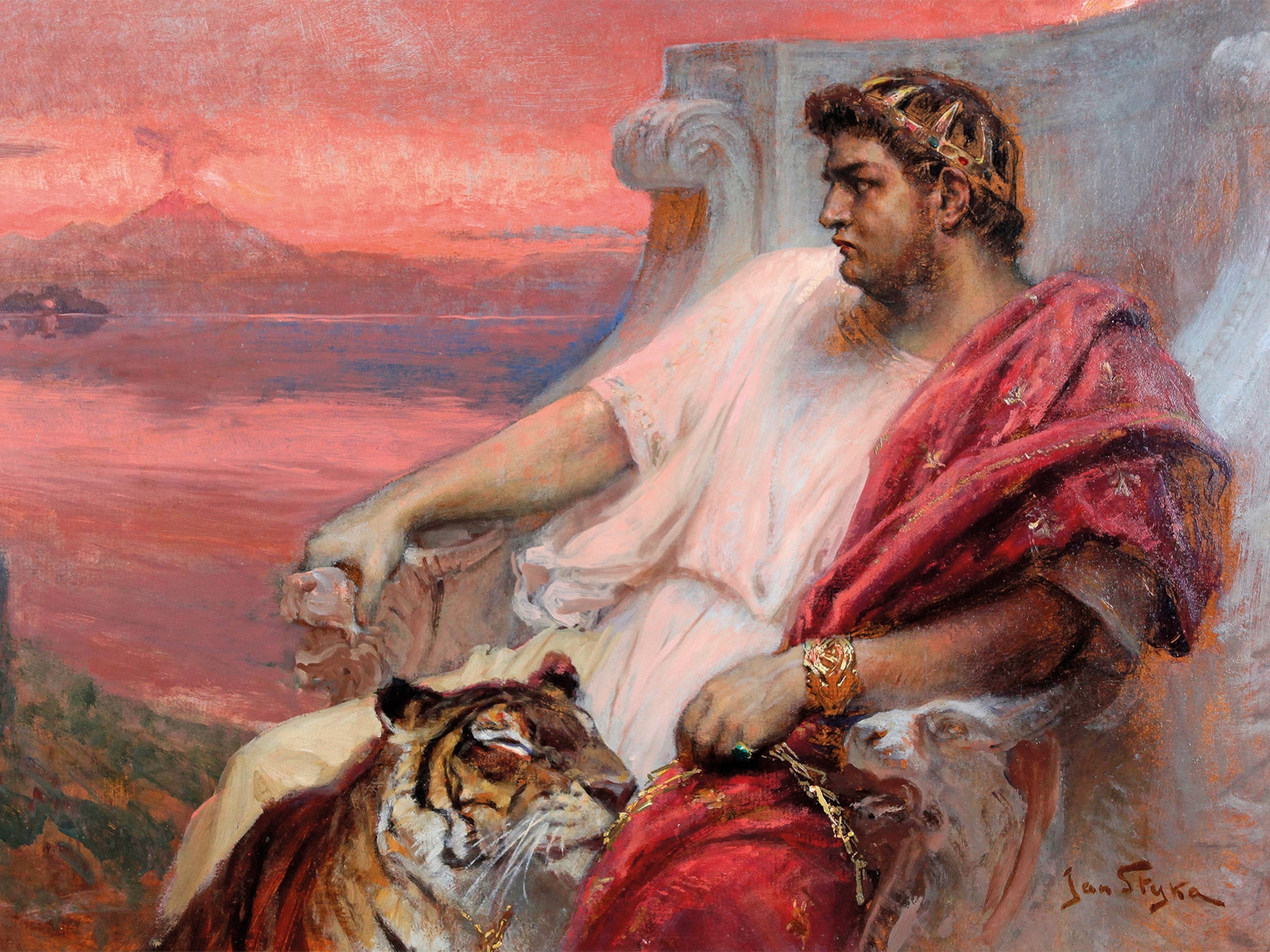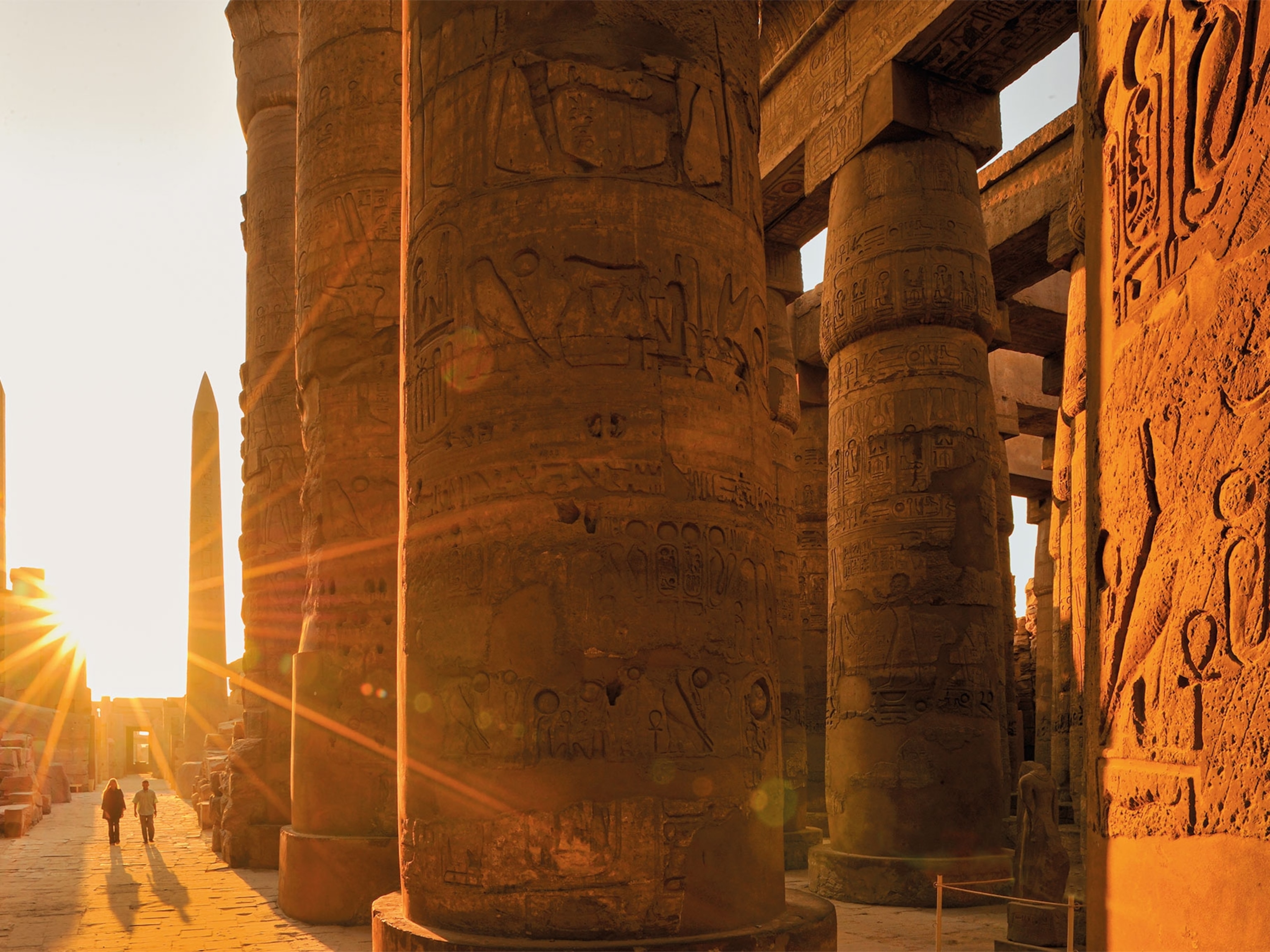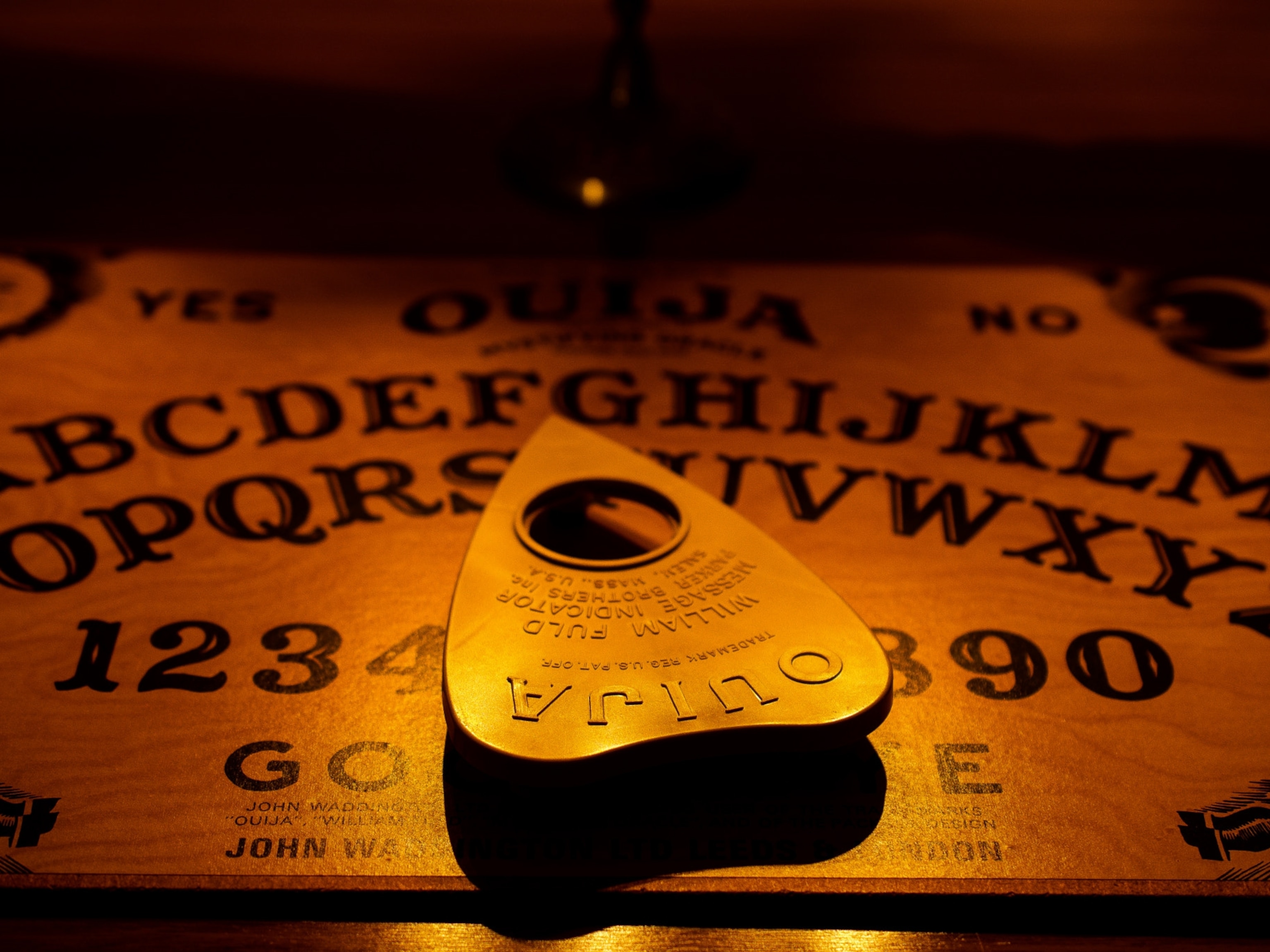Tarot cards don't just tell the future. Here's what they reveal about the past.
From its origins in gambling, to a canvas for artists and political expression, tarot went through one last transformation in the 18th century before its revival as a spiritual tool in the 1970s.

Bearing mysterious images, such as the Hanged Man or the Hierophant, tarot cards have inspired fanciful tales about their origin. Associated today with fortune-telling, tarot is often assumed to have its roots in East Asia.
Researchers now believe the rules of tarot lie not in China or India but in Renaissance-era Italy. Beginning its life as a card game for the Italian elite, the tarot deck’s use to divine the future came much later.
In its long evolution, tarot has maintained a certain constant—its adaptability. As Helen Farley writes in A Cultural History of Tarot, “Tarot has evolved, and been accommodated, within the cultural currents of different times.” The early use of tarot reflected criticism toward the power of the the Catholic Church. Later, in the early 19th century, cards marked a turning away from rationalism to embrace mysticism. This role resonated during the upheaval of the Spanish flu pandemic (1918-1919) and two World Wars.
(The original Pokémon? A visual (ancient) history of trading cards.)
The triumph of cards
Although tarot is a European invention, the card games from which it derived were devised in China, later spreading west to the Arab and Islamic world. Arriving in Italy in the 1300s, likely from Egypt, card games soon became popular among all social classes in Europe.
A surviving deck from Egypt, found at the Topkapi Palace in Istanbul, labels the court cards as kings but does not represent the human figure. Early European decks, by contrast, featured images of people: stock professions, such as fishmongers or clergymen, as well as the kings, queens, and knaves familiar from modern decks.
How cultural exchange shuffled the pack
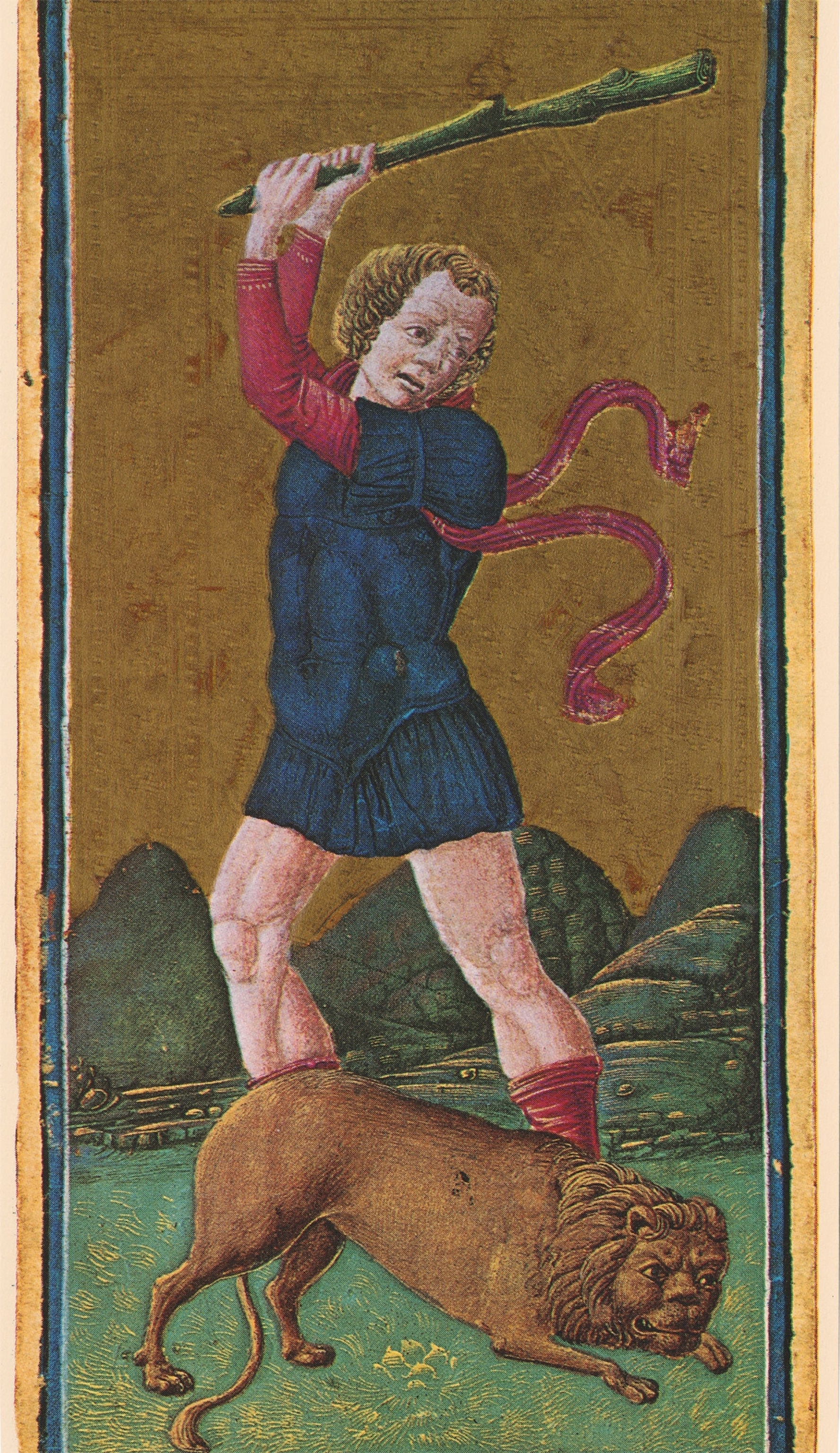
The first decks of cards imported into Europe, therefore, came from the Mamluk dynasty in Egypt via ports such as Venice. Regarded as an Islamic custom, the cards were sometimes referred to as the Saracen’s pack. Mamluk decks were usually organized into four suits, such as swords, polo sticks, cups, and coins. Europeans went on to invent a dizzying variety of suits and trumps in a storm of improvisation from which tarocchi, later known as tarot, emerged. Cheaper printing processes, such as woodblock techniques, led to the mass production of cards, facilitating the spread of tarot throughout Europe.
By the 1370s, soon after their appearance in Europe, card games started to draw the disapproval of the church. Seen as a frivolous activity associated with gamblers, attempts were made to ban them. City archives record attempts at prohibiting card games in Florence and Paris in the 1370s and in Barcelona and Valencia in the 1380s.
In practice, prohibiting cards was hard to enforce, and cardplaying thrived regardless. In private, such games were popular among the aristocracy, who had their decks intricately hand-painted and kept in beautifully decorated boxes. One game, played by all social classes, included certain cards with the power to outrank or triumph over others. The word “triumph” was later shortened in English to “trump.”
The first hint at the emergence of tarot appears in a letter written in 1449, from a Venetian military captain to the queen of Naples, Isabella of Anjou, offering her a special deck of cards.
The letter describes the game as “a new and exquisite sort of triumphs,” devised 30 years prior by a young prince of Milan, Duke Filippo Maria Visconti.
Visconti, the letter explains, commissioned an acclaimed painter, Michelino da Besozzo, to paint the cards “with the greatest artifice and ornament.” The deck did not survive the centuries, but it is believed to have included 16 classical deities, divided into four orders: Virtues, Riches, Virginities, and Pleasures. Venus, for example, was in the order of Pleasures, and Apollo in the Virtues.

Historians believe the letter’s description of the deck marks a transitional stage between the standard, Renaissance-era deck and the development of the tarot deck recognizable today. Other formative decks in the history of tarot include the Visconti-Sforza deck, commissioned by Visconti’s son-in-law, Francesco Sforza. In the 1440s, another deck emerged in the Italian city of Bologna, developed by the nobleman Francesco Fibbia. This 62-card deck was used to play what was becoming known as tarocchi, a game that, as it spread through Europe, became known, in French, as tarot.
(Onions, cheese, eggs—this isn’t a shopping list. It’s fortune-telling.)
On the cards
Tarot’s popularity in the Renaissance era is probably not a coincidence. As author Farley notes, the Renaissance was characterized by “enjoyment of mundane pleasure and a rising sense of personal independence and expression.” Amid the glitter of its art, Renaissance Italy was also scourged by wars, while the church’s displays of pomp and wealth provoked disdain.
The designs of tarot cards emulate that turmoil. The Visconti-Sforza deck reflects the prevalence of corruption within the church and the proximity of violent and sudden death. One of the images in the pack is a skeleton holding a bow and arrow.
You May Also Like
Despite the violence of such images, for 200 years tarot was, nevertheless, a game. Then, in late 18th-century France, it underwent a transformation. As a reaction to the rationalism enshrined in the Enlightenment, esotericism was becoming more popular. Following Napoleon’s campaign in Egypt in the late 1700s, this esotericism was stoked by fascination with all things Egyptian.

Spiritualizing tarot
The popular assumption that tarot is an artifact of ancient wisdom is largely the work of 19th-century French writers, especially Antoine Court de Gébelin, who fell under the spell of Egyptomania. He theorized that tarot arose from an ancient Egyptian priesthood using the Book of Thoth, forced to hide their secrets in a game to ensure their survival.
Across the English Channel, members of the mystical order Golden Dawn redesigned the tarot pack. Occultist Arthur Edward Waite and illustrator Pamela Colman Smith created the Waite-Smith deck in the early 1900s, linking it to the grail mysteries, the medieval stories centering on the whereabouts of the cup used by Jesus at the Last Supper.
In the years following the First World War, many Europeans and North Americans regained interest in spiritualism, to reconnect with loved ones lost in the war. As a tool of divination, tarot again became popular. The American poet T.S. Eliot drew on the cards in his 1922 poem, “The Waste Land,” a chronicle of the postwar spiritual blight. One of the poem’s characters, Madame Sosostris, is a fortune teller. Her name is similar to a 12th-dynasty pharaoh, reflecting the perception that tarot was Egyptian:
Here is the man with three staves, and here the Wheel,
And here is the one-eyed merchant, and this card,
Which is blank, is something he carries on his back,
Which I am forbidden to see. I do not find
The Hanged Man.
(Séances at the White House? Why these first ladies turned to the occult.)
The Mantegna tarot
A modern revival
In the 1970s the New Age movement stood as a force for peace in the turmoil and tension of the Cold War. Once again, tarot’s role changed to reflect the times. Its previous function as a basis for fortune-telling and spiritualism was repurposed for self-healing.
In recent years, tarot has come once more to the cultural forefront, pointing to a new need for spiritual wisdom. As the demand to find more holistic sources of support for mental health has increased, people are turning to the game.
The standard 78-card deck is regarded by its players to enhance awareness of people’s emotions, in a period of global anxiety. Tarot decks are available in a boundless variety of popular themes, reflecting an ageless desire for imagery that is both relatable and an escape from reality. During the turmoil and wars of the Renaissance, tarot’s earliest users found a similar solace.





